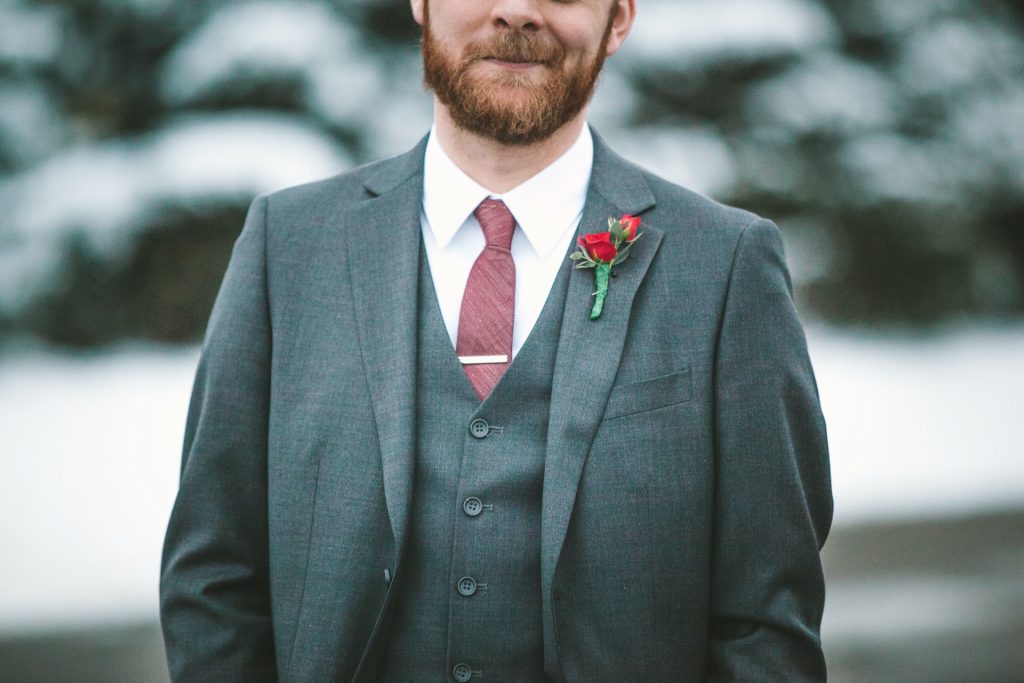The groom’s attire often seems much less important than the brides look for the day. However, the suit is an indispensable part of the wedding.
While we all know the suit is a key element, its history is much less documented than the wedding dress. However, there is a short story of where it all began.
According to the TM Lewin blog, back in the 1650s, men’s wedding attire was all about tight-fitting breeches and frock coats. This trend, however, quickly made its way out.
When King George IV married Princess Caroline of Brunswick in 1795, the trends of the time required that groom’s dress just as extravagantly as brides. He wore silks, velvet, and pearls to the wedding, and even sported some stockings. It was not uncommon for grooms to wear furs, silvers and golds, and even precious gems. Of course, not everybody could afford this, so those who couldn’t dressed very simply, wearing their everyday clothes. This continued until around the early 1800s.
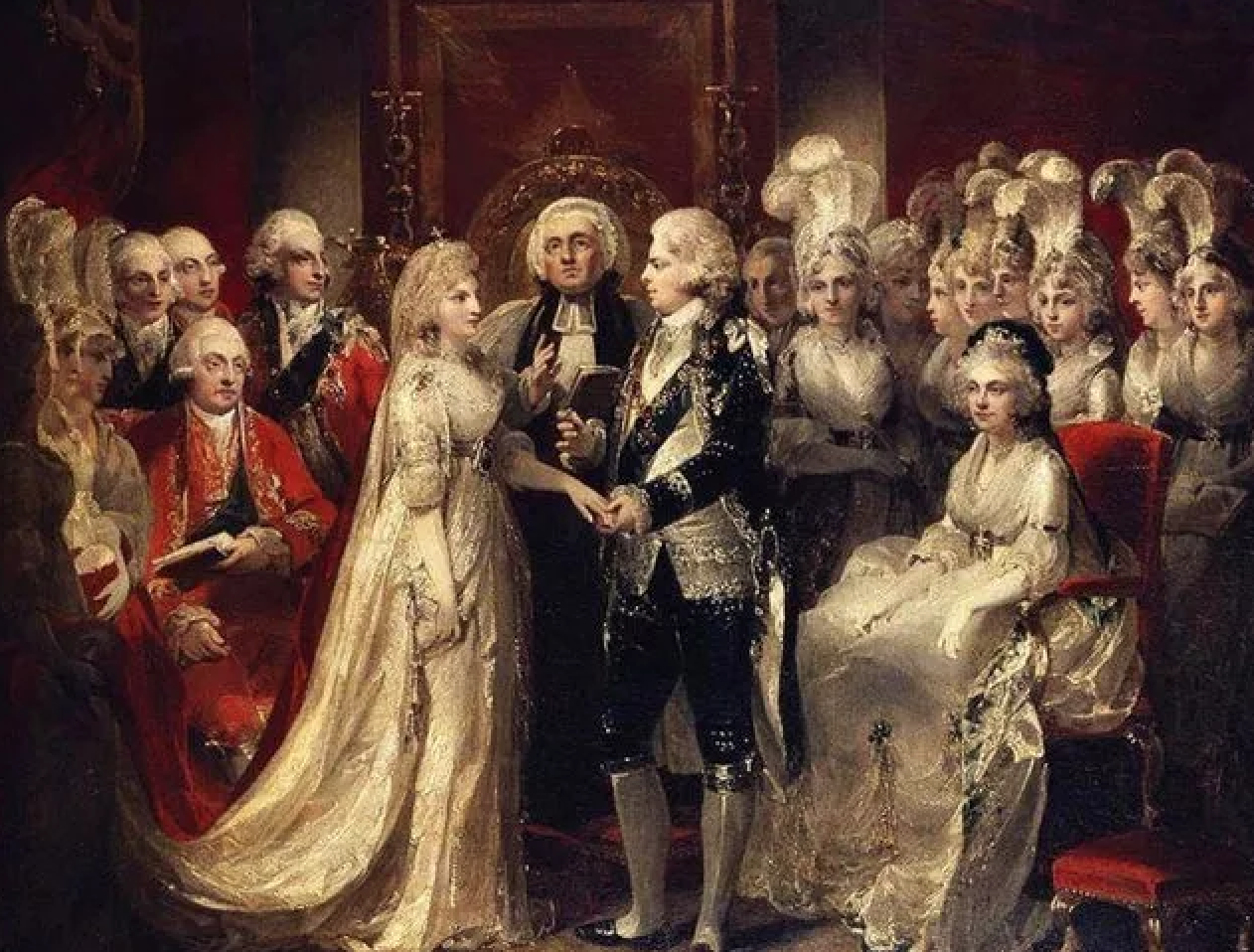
Prince Albert of Saxe-Coburg and Gotha married Queen Victoria in 1840. This moment marked a massive change in groom’s attire. The prince donned his Field Marshall’s uniform, and this is a tradition that persists until today in royal weddings. Prince Albert also wore a morning suit on the day. The suit takes inspiration for its cut and tails from the Field Marshal uniform, which meant more clean lines and precision.
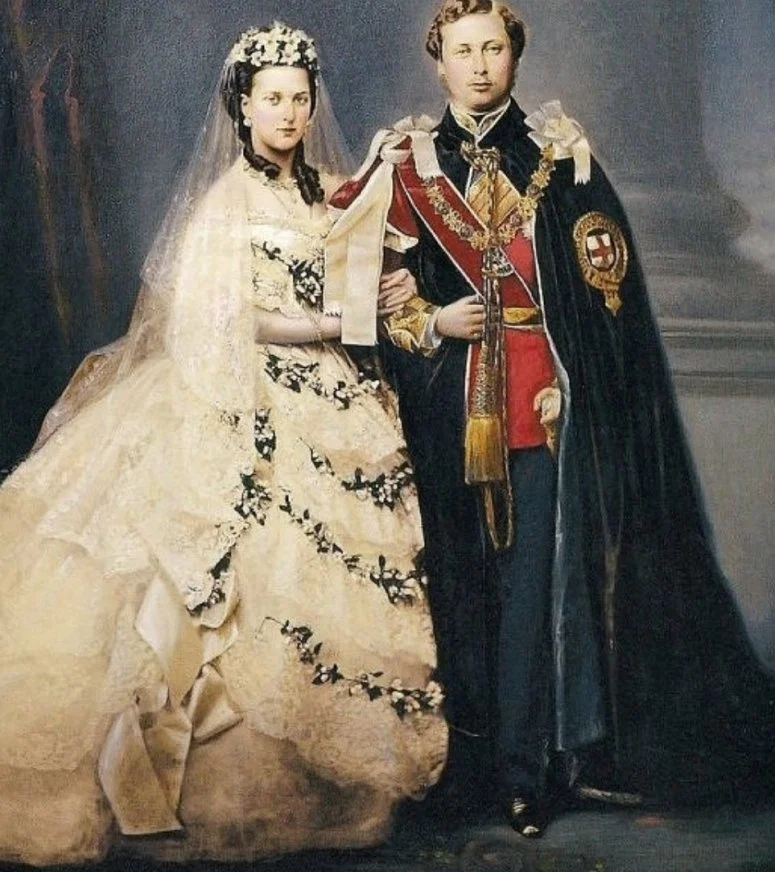
Morning suits then took off and became very popular. From 1850 onwards, the tailcoat was only worn on special occasions.
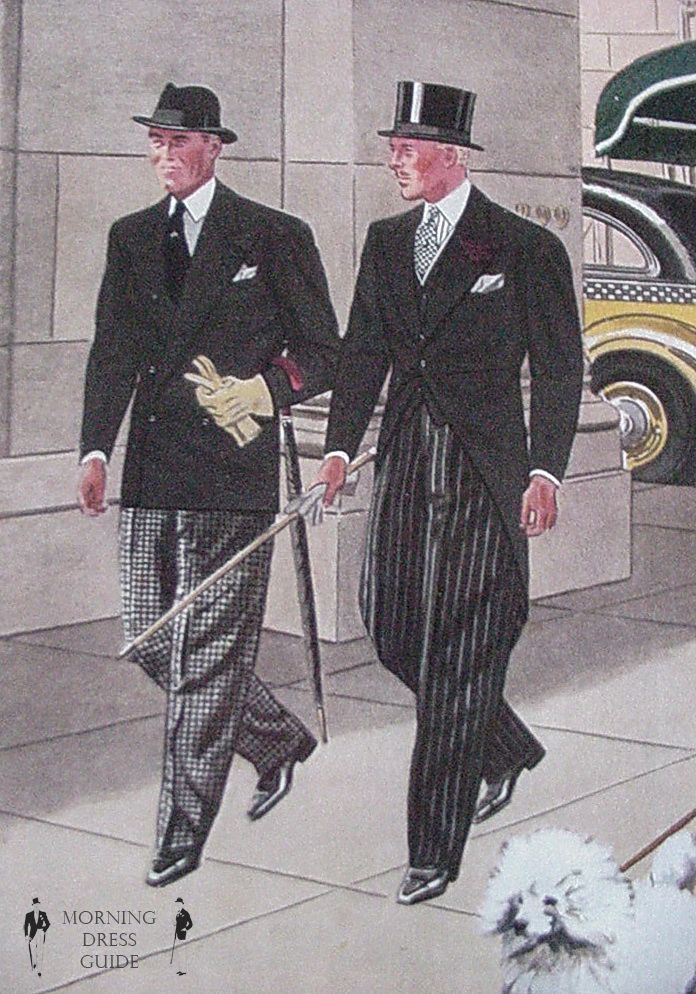
In the 1920s the Stresemann style suit was created, and it became a popular alternative for grooms.
According to M. Muller & Sohn, it was around the 1930s when the tuxedo came onto the scene. The British creation was, at first, only worn by men who attended men’s clubs. This quickly grew in popularity and became the picture of presentability.
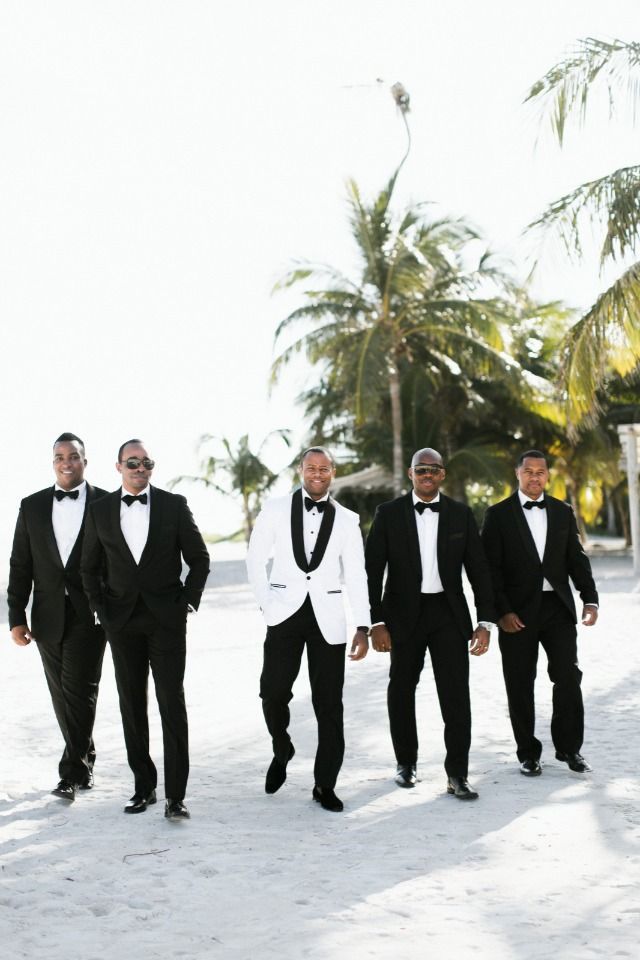
From here, different shapes, cuts and colours were incorporated. In the 1940s grooms preferred wide-peaked lapels and in the 1960s bell-bottomed trousers were all the rage. The double-breasted suit became popular 20 years later, in the 80s.
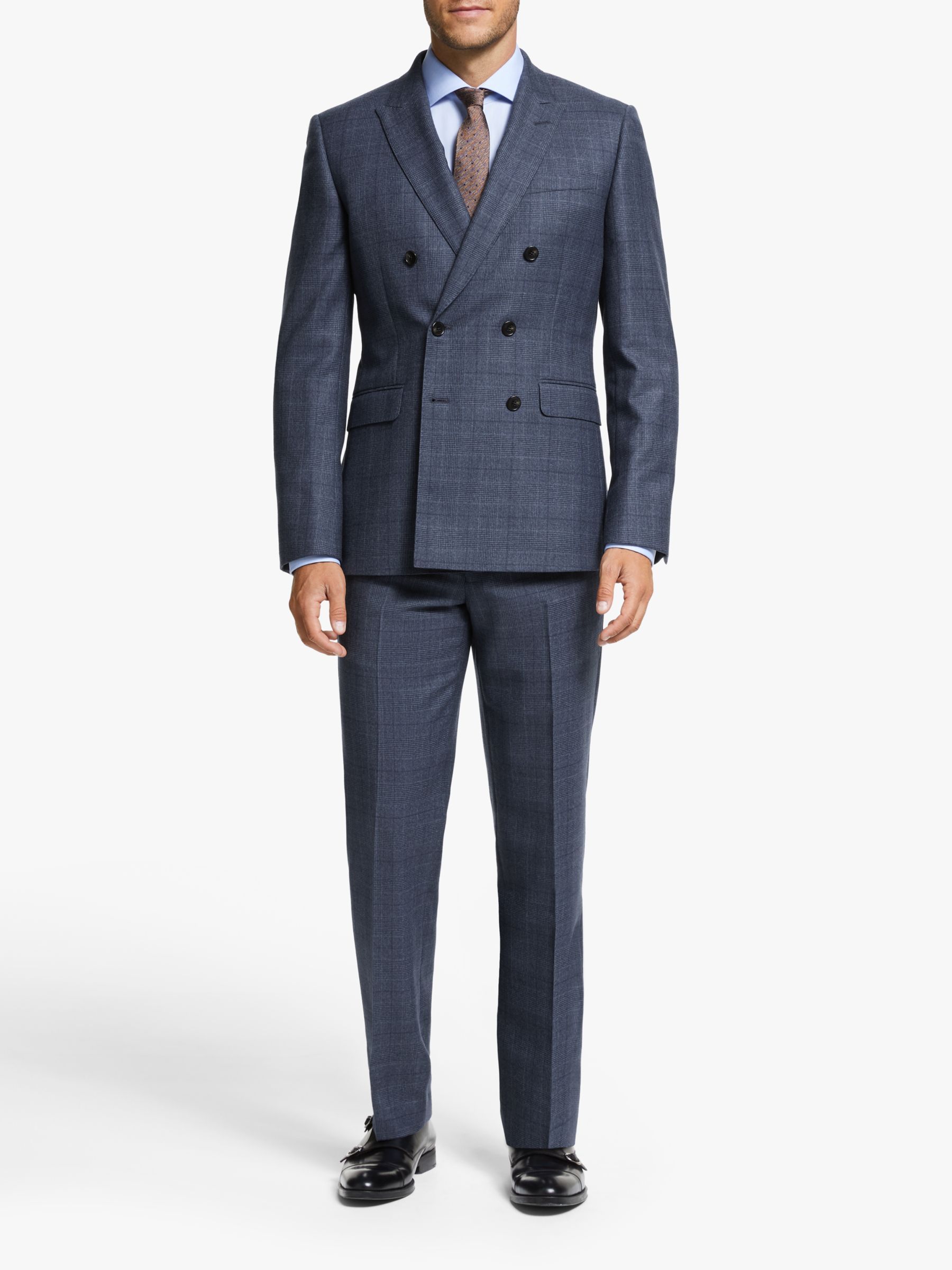
Today, the options are endless and the style of the suit depends, mostly, on the theme of the wedding.
Feature image: Unsplash

